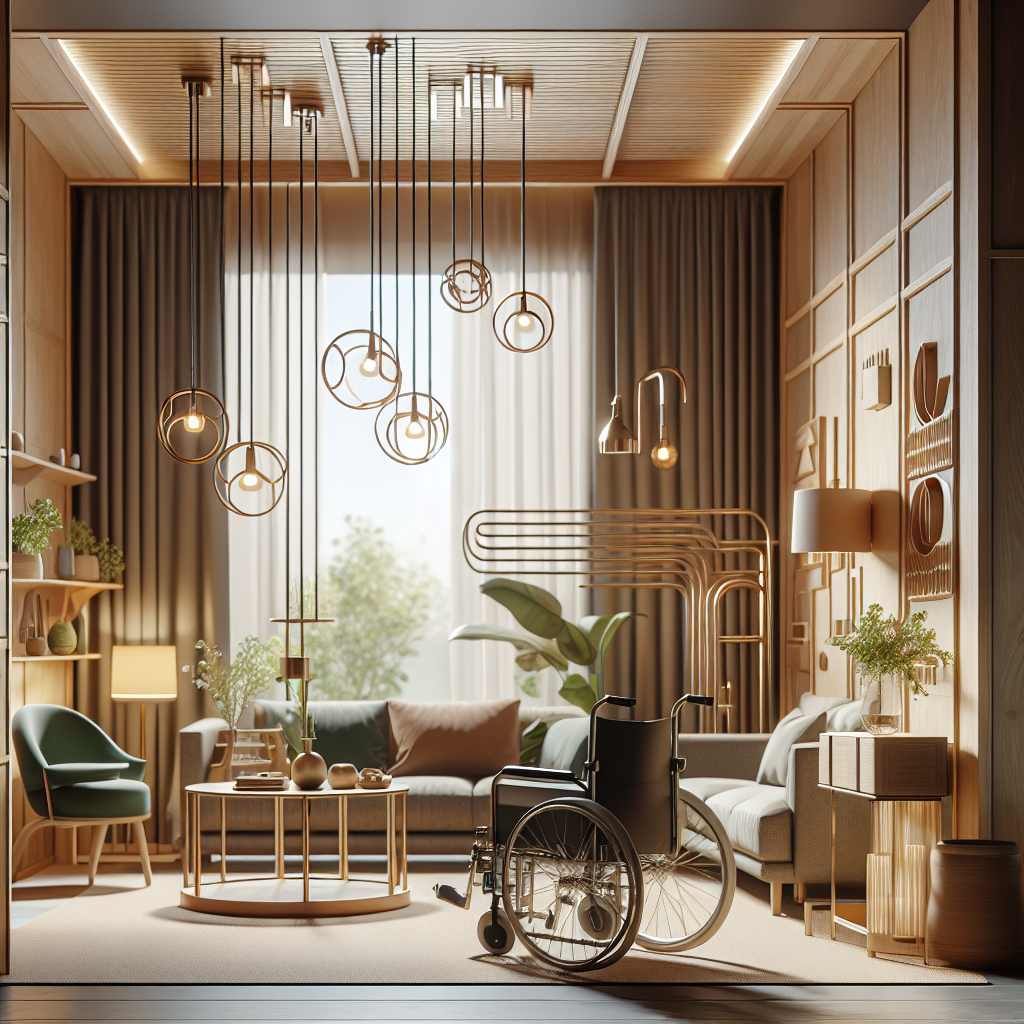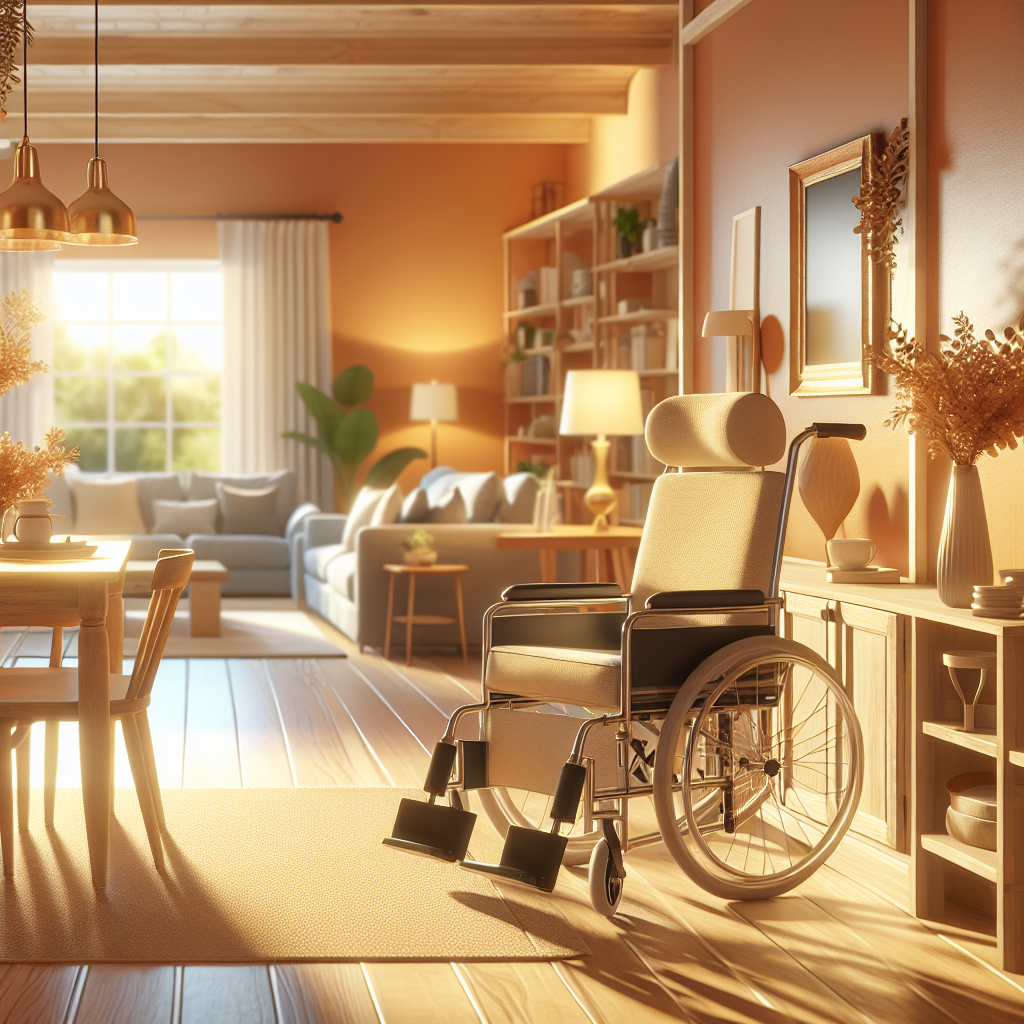Revolutionizing Accessible Home Design in Cancun: The Ultimate Guide for a Seamless Living Experience
- Arthur Pendragon
- Sep 13, 2024
- 2 min read
Updated: Feb 23
In a world where inclusivity and functionality reign supreme, the design industry has seen a remarkable shift towards accessibility in home design trends. Gone are the days when functionality compromised aesthetics; today, accessible design seamlessly integrates style with practicality, ensuring that everyone can feel at home.
Embracing Inclusivity:
Accessible home design is not just a trend – it's a philosophy that celebrates diversity and empowers individuals of all abilities. From smart technology to innovative spatial planning, the future of accessible design is both groundbreaking and awe-inspiring. One of the key principles driving this trend is the notion that good design should be accessible to all, regardless of physical limitations.

Integration of Technology:
Technology has revolutionized the way we interact with our living spaces. With the rise of smart home devices and IoT integration, accessibility has become more seamless than ever. Imagine controlling your home environment with a simple voice command or adjusting lighting and temperature settings with a touch of a button. Technology in accessible home design is not just a luxury – it's a necessity that enhances independence and convenience.
Adaptive Furniture and Layouts:
Gone are the days of one-size-fits-all furniture. Adaptive furniture and flexible layouts are becoming increasingly popular in accessible home design. From adjustable-height countertops to modular seating arrangements, these elements cater to individual needs and preferences. By prioritizing flexibility and versatility, designers are creating spaces that can evolve alongside their occupants.

Sustainable Solutions:
Sustainability is no longer just a buzzword – it's a core aspect of accessible design. From eco-friendly materials to energy-efficient systems, homeowners are embracing sustainable solutions that not only benefit the environment but also enhance the overall quality of their living spaces. By integrating sustainability into accessible design, we are building a future that is not only accessible but also environmentally conscious.
Conclusion:
The future of accessible home design is bright, innovative, and full of endless possibilities. By embracing inclusivity, technology, adaptive solutions, and sustainability, we are reshaping the way we think about living spaces. Whether you are looking to enhance accessibility in your current home or embark on a new design journey, the key lies in blending style with functionality. After all, accessible design isn't just about making spaces usable – it's about making them truly welcoming for everyone.
Let's embark on this exciting journey towards a more inclusive and accessible future in home design!
#AccessibleDesign #InclusiveDesign #HomeAccessibility #UniversalDesign #SmartHomeTechnology #AdaptiveFurniture #SustainableDesign #InclusiveLiving #FutureOfDesign #EcoFriendlyHomes #TechForGood #AccessibleLiving #HomeDesignTrends #InnovativeDesign #FunctionalAesthetics #DesignForAll #SustainableLiving #HomeWithPurpose #EmpoweredLiving #AdaptiveSpaces #AccessibleHomeSolutions



Comments